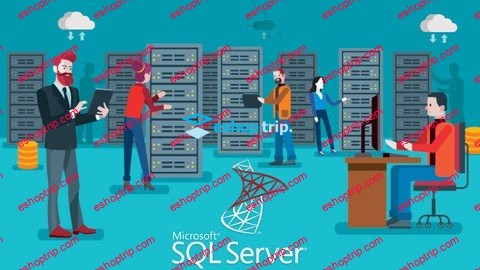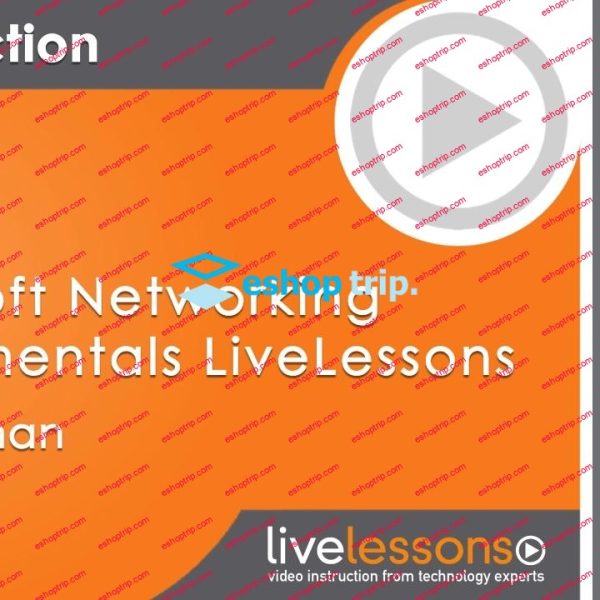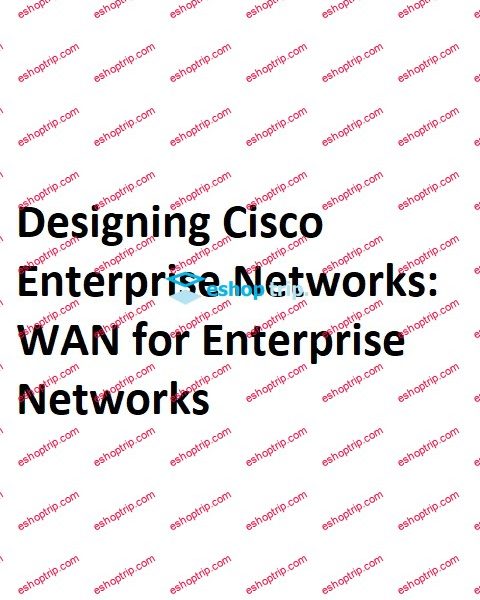Language: English | VTT | Size: 1.19 GB | Duration: 2h 56m
-https://eshoptrip.com
Discuss the BACKUP LOGS and DIFFERENTIAL BACKUP, and implement them in your BACKUP strategy.
What you’ll learn
This course provides the knowledge and skills for configuring backup and carrying out restores of SQL Server databases and instances
How to make very simply a BACKUP and a RESTORE
How is the backup strategy deteed? What should be considered?
What is the recovery model? What are the differences between Full, Bulked Logged and Simple recover model?
What is a full backup? Why does every backup have to start with a full backup?
What is a differential backup? what is it used for?
What is a transaction log backup? What does it do?
How do we reinstall if the database is completely deleted?
How do we return the database to a specific ?
Learn to protect the integrity of the databases
Maintain the ability to recover quickly in case of a failure
Requirements
Basic Database and SQL Knowledge
Basic computer knowledge
Desire to learn MS SQL Restore
Nothing else! It’s just you, your computer and your ambition to get started today
Description
Hello there,
Welcome to Microsoft SQL Server Backup and Recovery Course
Did you know that you can perform with your BACKUP?
Are you sure you have an effective and robust BACKUP strategy in place?
Have you ever heard of the TRANSACTION LOG BACKUP?
One of the most important roles of a database administrator is to constantly protect the integrity of the databases and maintain the ability to recover quickly in case of a failure. In light of this, it’s critically important to have a backup-and-recovery strategy in place in order to be ready for an emergency.
In this course we will discuss the BACKUP LOGS and DIFFERENTIAL BACKUP, and why it is absolutely necessary to implement them in your BACKUP strategy.
We will see the different full recovery model on a database (FULL, SIMPLE and BULKED LOGGED), and why this is (very) important for our BACKUPs.
Why start SQL administration?
SQL Server is one of the skills very actively sought after on the job market.
Administering an SQL server today is ensuring that you have a full- job.
Moreover, SQL Server, because of its simplicity, allows you to quickly become competent in very specific areas.
Following this course will help you to stand out technically from your colleagues, or during a job interview.
In this course you will learn;
What is the recovery model? What are the differences between the Full, Bulked Logged, and Simple recover model?
What is a full backup? Why does every backup have to start with a full backup?
What is a differential backup? what is it used for?
What is a transaction log backup? what does it do
How do we reinstall if the database is completely deleted?
How do we return the database to a specific ?
Why would you want to take this course?
We have prepared this course in the simplest way and have prepared many different exercises to help them understand better.
No prior knowledge is needed!
This course starts with very basics. First, you will learn some teology. Then the show will start and you will learn everything with hands-on practices. I’ll also teach you the best practices and shortcuts.
Step-by-Step Way, Simple and Easy With Exercises
If you are a software developer or familiar with other programming languages and you want to start a new world, you are also in the right place. You will learn step by step with hands-on examples.
You’ll also get:
Life Access to The Course
Fast & Friendly Support in the Q&A section
Udemy Certificate of Completion Ready for
Dive in now Microsoft SQL Server Backup and Recovery Course course
We offer full support, answering any questions.
See you in the course!
Who this course is for:
Developers who want to learn about SQL
Future Database Administrators (DBA)
BI consultants working on technologies other than SQL Server (Oracle etc …)
Students who want to get started on SQL
Tech leads (CRM, Web etc …) who want to discover SQL











Reviews
There are no reviews yet.